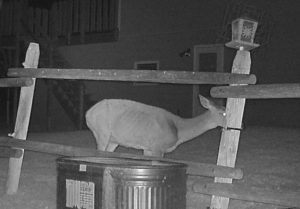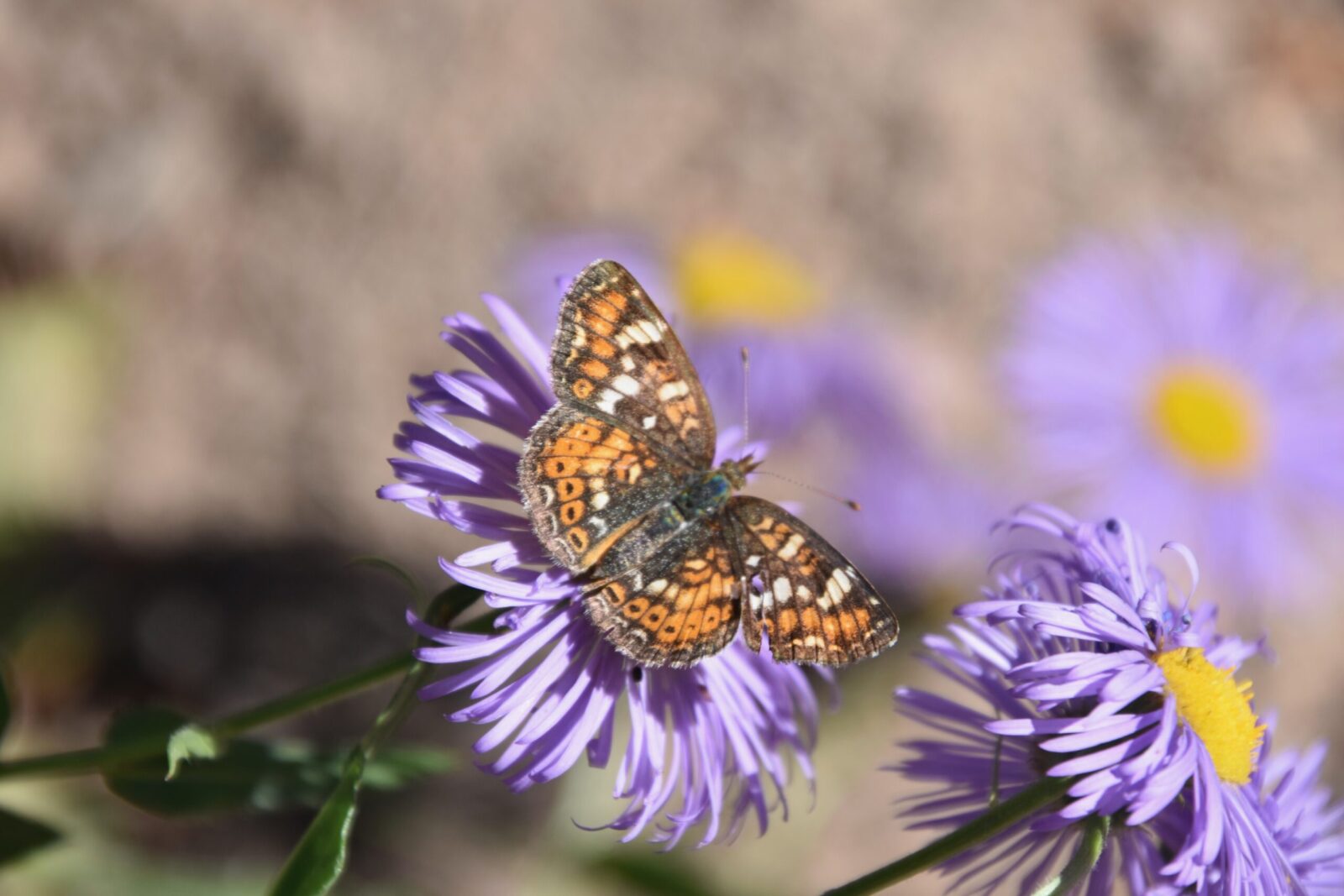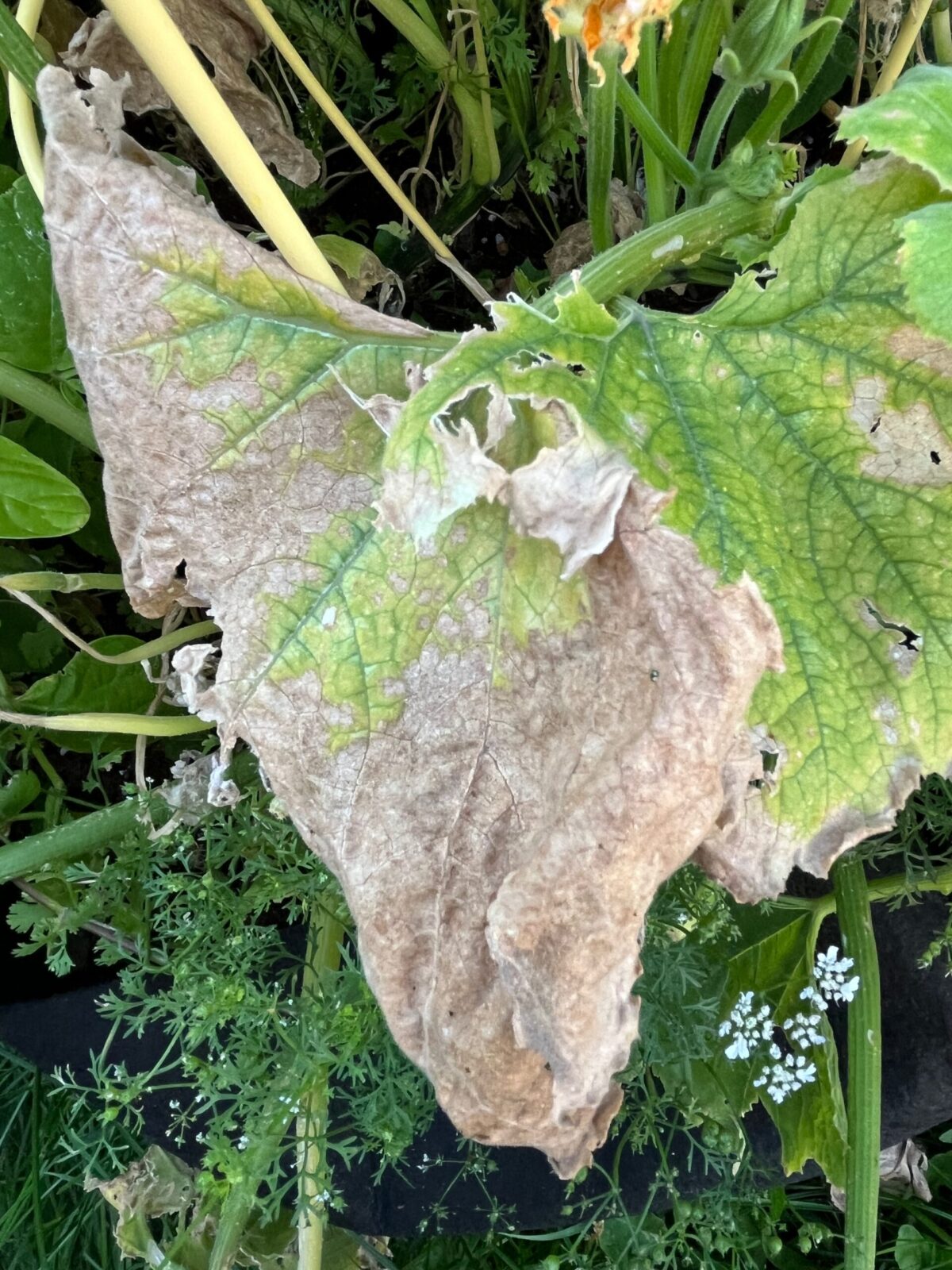What can gardeners do about chronic wasting disease?
Views: 1178

For as much as I grouse about the deer being in the garden, there is a growing concern beyond the damage they do. Chronic wasting disease is an ever-increasing threat to not only deer, elk, and moose populations across the country, but to potentially our own health.
What does chronic wasting disease look like?
With ribs showing despite the lush feed at the end of the summer, the doe in our neighborhood looked terrible. Finally, someone called Montana Fish, Wildlife & Parks let them know of her condition. The biologist put her down and sent off lymph node samples to the lab. Now we wait to hear whether she had chronic wasting disease. If she does, it’s a game-changer.
After a year of dealing with a worldwide virus, you’d think we’d have a grip on diseases, but chronic wasting disease isn’t the standard enemy. Called prions, which is a term derived from the description of “proteinaceous infectious particle,” it is actually a protein, which lacks the nucleic acid that allow it to reproduce like viruses or bacteria. This means you can’t “kill” prions with UV rays or the standard methods of battling these other infectious agents.
The prions attack the brain and central nervous system creating conditions similar to dementia where the host appear gaunt and disoriented, although not always. In the same category as the dreaded mad cow disease that made headlines years ago, it is one-hundred percent fatal.
Deadly CWD Reaches Outskirts of Bozeman
How is chronic wasting disease spread?
Spread through urine, feces, saliva, blood, antler velvet, or the soil that is infused with these materials, it’s easily transmissible, particularly when animals are close together. This is another reason why not to feed the neighborhood deer. When they intermingle, there’s a greater chance of infection.
Five Reasons Not to Feed the Deer
The big question is whether it’s transmissible to humans. At this point, agencies warn against eating the meat of infected animals. (You can send off lymph node samples if you harvest your own game to have them tested.) There have been no solid reports of cross-infection, but the CDC believes it is a possibility.
Gardening safely with chronic wasting disease
For gardeners, the question is whether the deer poop can contaminate our produce. Since it requires a 40 percent bleach solution to inactivate (you really can’t kill what isn’t alive) the prions on knives or other equipment. It’s not possible to rinse vegetables to feel safe enough. If you do clean up deer poop from in or around your garden, always wear disposable gloves and toss them immediately afterward. But the best course of action is to your best to keep the deer and your garden separate from each other.
Most gardeners aren’t squeamish about poop. Most of us relish in a good batch of manure and even when deer are in the area, we work around it. But if the doe in our area comes back positive for chronic wasting disease I won’t use apples off the ground anymore. It’s not worth the risk, no matter how small.
The other problem is our backyard is basically a whitetail deer wintering ground. Do I want the kids playing back there? Sunlight does not kill prions and they remain viable, even in the ground, for years. It’s a question we still have to research and answer.
The good news is scientists are working hard to unravel the puzzle of these prions. Until then, we need to be vigilant and proactive. If you live in one of the 26 states or 3 provinces with chronic wasting disease in the wild population, keep the deer out of the garden, don’t feed them, and don’t play with their poop! And if you see an ill-looking animal, report it to your state agency. This might be a problem we deal with from now on, but I’m confident we’ll figure it out.
Meet Amy Grisak
Amy is a freelance author and photographer in Great Falls, MT who specializes in gardening, foods, and sustainable agriculture. She provides information on every kind…
Amy's Recent Posts

Add Late-Season Blooms for Garden Pollinators








